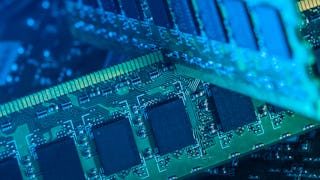Updated in May 2025.
This course now features Coursera Coach! A smarter way to learn with interactive, real-time conversations that help you test your knowledge, challenge assumptions, and deepen your understanding as you progress through the course. In this course, you will embark on a journey through the fundamentals and advanced techniques of embedded systems programming with a focus on object-oriented methodologies. Beginning with the setup of essential tools like Keil uVision and STM32CubeIDE, you will gain hands-on experience in configuring and using these powerful development environments. As you progress, the course delves into object-oriented firmware programming, starting with the creation of drivers and classes in both C and C++. You will learn to develop UART drivers, create LED classes, and implement inheritance, all while adhering to best practices. The course also explores the development of GPIO and UART libraries from scratch, providing a robust understanding of how to build and test reusable code components in an embedded context. Finally, the course covers advanced topics such as polymorphism and the extension of GPIO libraries to handle alternate functions. By the end of this course, you will have a comprehensive understanding of object-oriented programming in embedded systems, enabling you to create efficient, scalable, and maintainable firmware for a wide range of applications. This course is designed for embedded systems engineers, firmware developers, and hobbyists with a basic understanding of C programming. Familiarity with microcontrollers and basic electronics is recommended but not required.



















